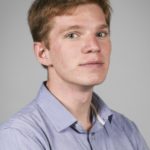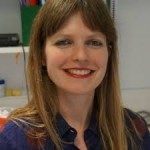Link to Pubmed [PMID] – 38477382
Link to HAL – pasteur-04779558
Link to DOI – 10.1111/brv.13063
Biological Reviews, 2024, 99 (4), pp.1164-1195. ⟨10.1111/brv.13063⟩
Myofibres serve as the functional unit for locomotion, with the sarcomere as fundamental subunit. Running the entire length of this structure are hundreds of myonuclei, located at the periphery of the myofibre, juxtaposed to the plasma membrane. Myonuclear specialisation and clustering at the centre and ends of the fibre are known to be essential for muscle contraction, yet the molecular basis of this regionalisation has remained unclear. While the ‘myonuclear domain hypothesis’ helped explain how myonuclei can independently govern large cytoplasmic territories, novel technologies have provided granularity on the diverse transcriptional programs running simultaneously within the syncytia and added a new perspective on how myonuclei communicate. Building upon this, we explore the critical cellular and molecular sources of transcriptional and functional heterogeneity within myofibres, discussing the impact of intrinsic and extrinsic factors on myonuclear programs. This knowledge provides new insights for understanding muscle development, repair, and disease, but also opens avenues for the development of novel and precise therapeutic approaches.


